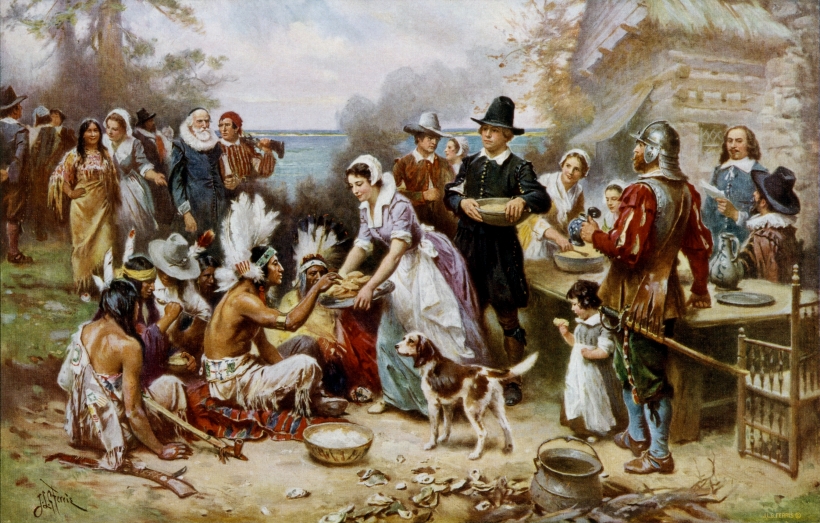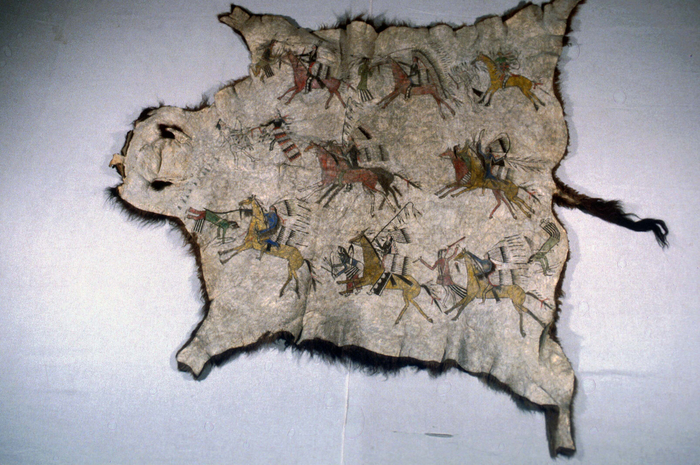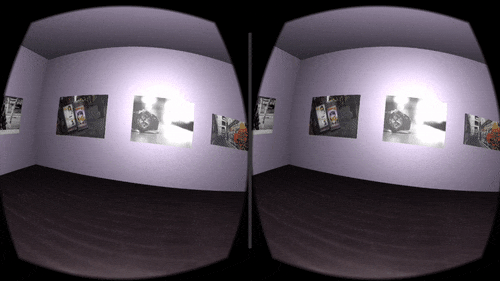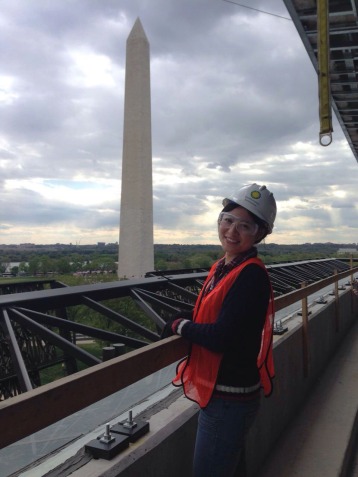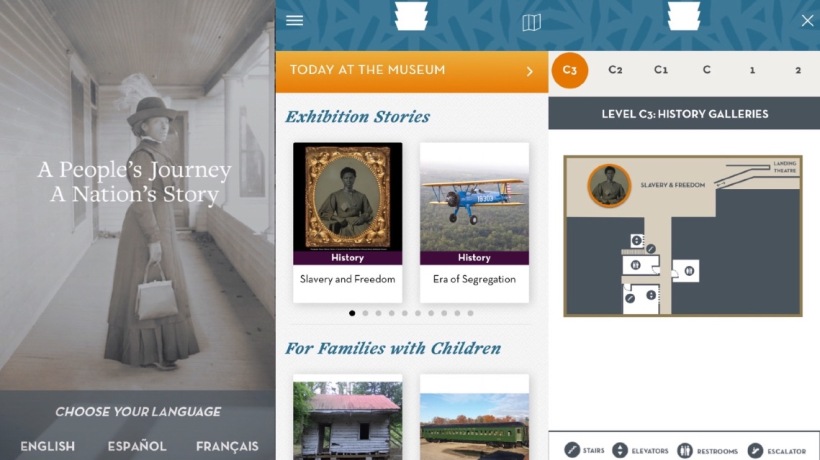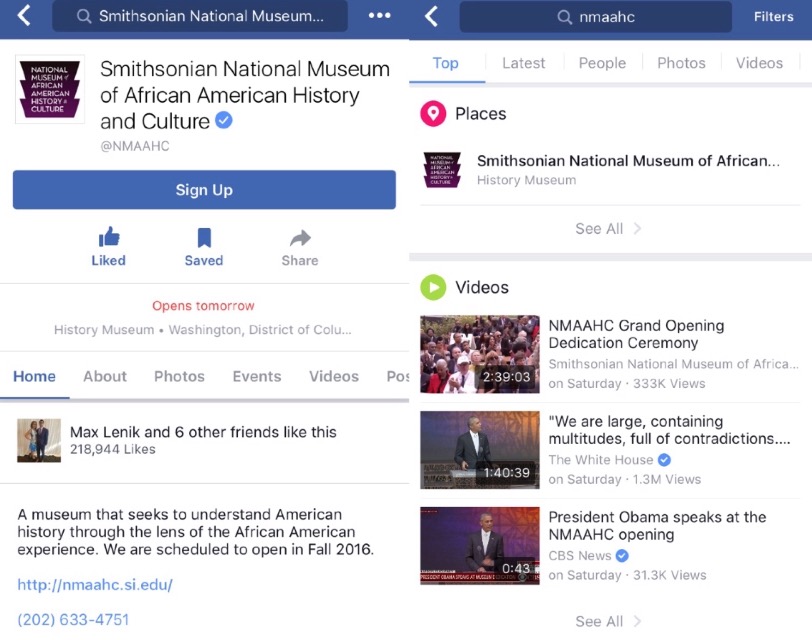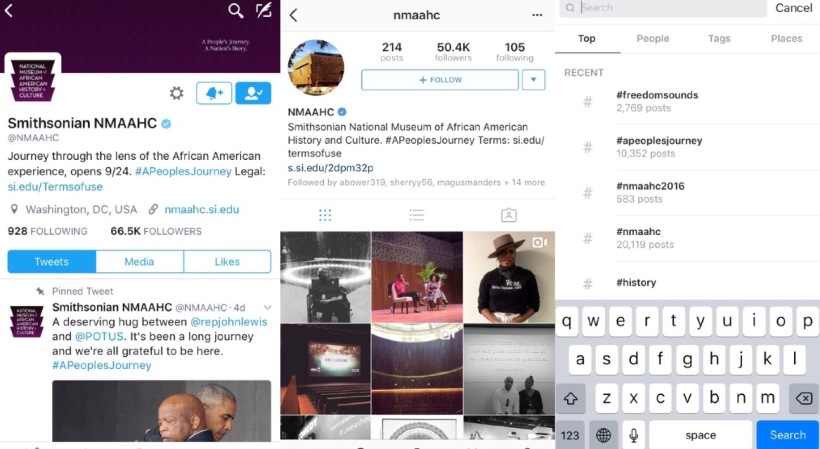My classmate, Sherry Wang (@wxr0992) recently mentioned one of the hottest news in China in her blog, about a sick-girl’s father seeking for the public financial help from the social media. It was a huge success at the very first beginning, by addressing that his daughter would get 1 Chinese Yuan (equals to 0.15 dollar) donation from a public account called “小铜人(@xtr188)” by every single “article sharing,” this article shown up on almost every of my Chinese friend’s Wechat Moment and eventually gained this father more than 2 millions Yuan (equals $ 291.4K ) over 48 hours.
Then the story started to reverse. People began to doubt the truth of the whole thing from all different kinds of aspects:
Some doubted this little girl wasn’t that sick, and the treatment won’t cost that much money;
Some accused this father had been making money from his own daughter’s tragedy;
Some revealed the truth that this family owns three estates and got the governmental medical support so they were able to afford the treatment fee by themselves;
Some doubted if this Wechat public account “@xtr188” was legit to do the fundraising since it is a commercial account who’s selling their products at the same time.
People got angry, by feeling been fooled and used, and this father and this public account’s roles rapidly changed from a “hopeless-but-deep-in-love-with-his-daughter’s father” and a “kind and helpful public program” into a “selfish-money-supremacist” and a “profit-oriented company,” who also could be simply called as “liars”.
I always believe in the merits of humanity. I hope this story is true, then no one had been lied and people would still trust our society, and especially our online community on social media. However, at the same time, I was kinda hoping it’s a fraud and there’s no little girl dying. I spent days to find more information but I got much and much more confused. There were so many reports and articles and I did not know which I should believe.
This is not a single case. Nowadays when more and more people rely on social media to get all the information, “fake news” issue becomes much more serious. In a recent blog, Sam Mallikarjunan (@Mallikarjunan) talked about how the Facebook fake news influenced public judgement and how people lost their trust of social media during this Election. But unfortunately, there’s no way to totally avoid the fake news for now. But, like Zackerberg stated, hard efforts should be made to fight with them.
And I think there’s more we can do. Expect of expecting the algorithm, we should work together to build a more legit and ethic online social environment. It took generations to create the current legal system to navigate our society, and the same effort should be made to meliorate the online world. It would be hard, but I believe we’ll see the result we want someday. So before that day, I wish we could still keep our sympathy, with holding the belief of our online society and human-being.
